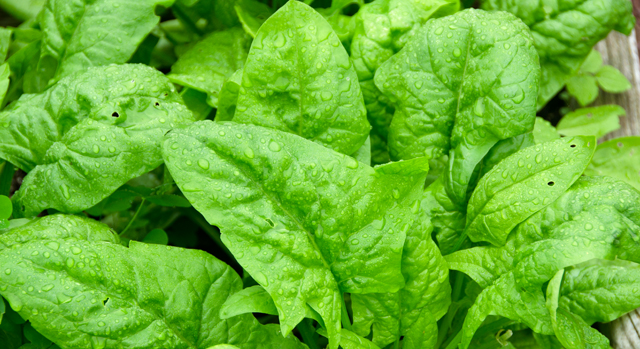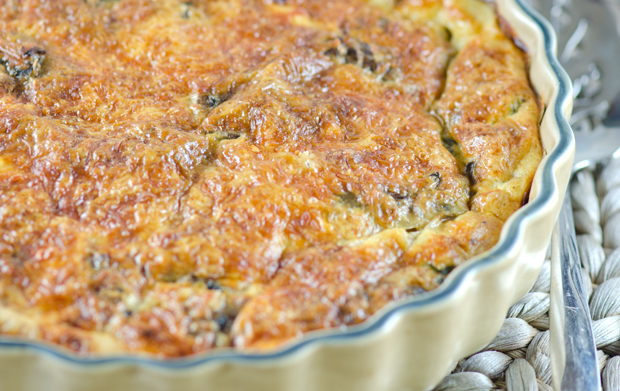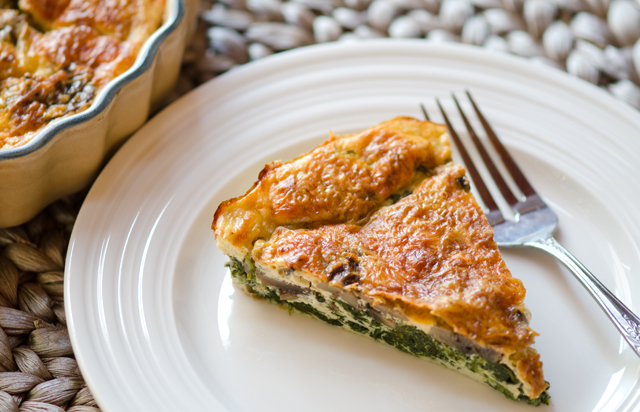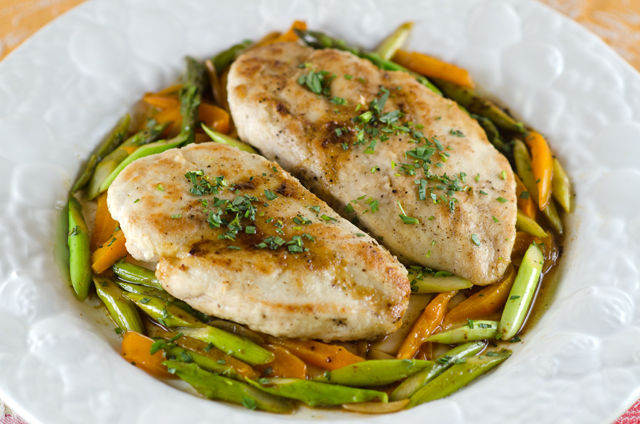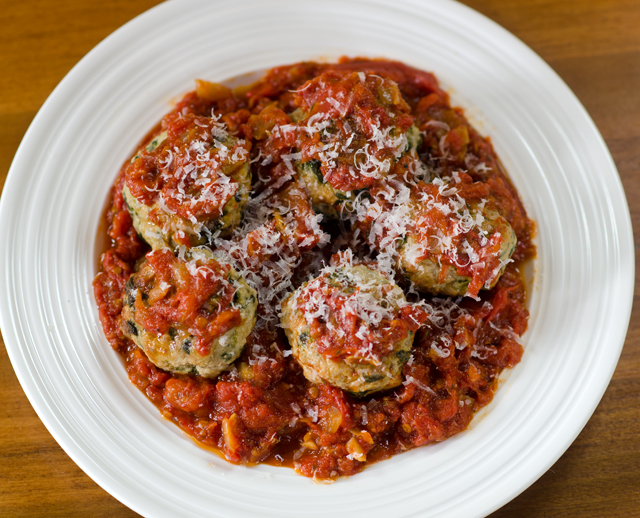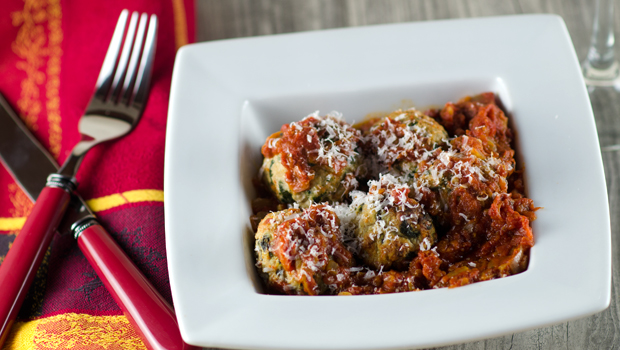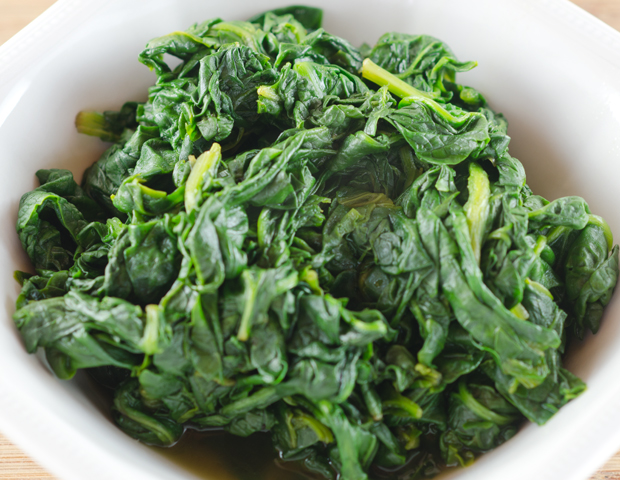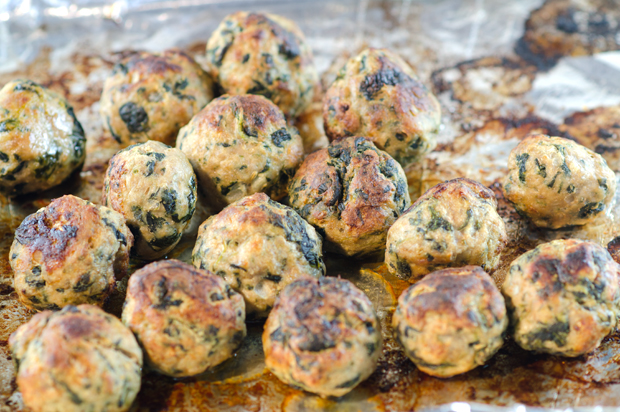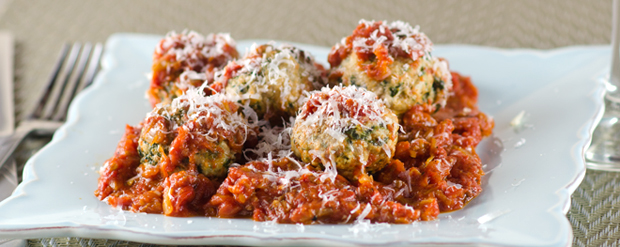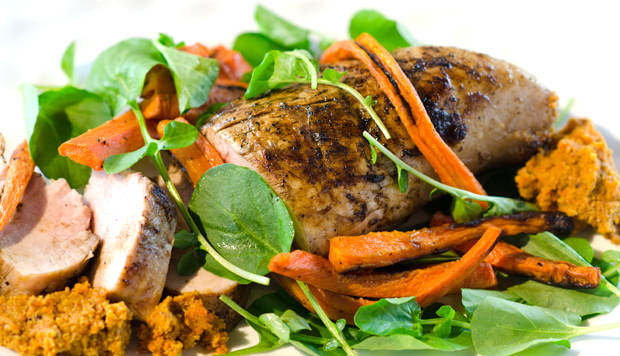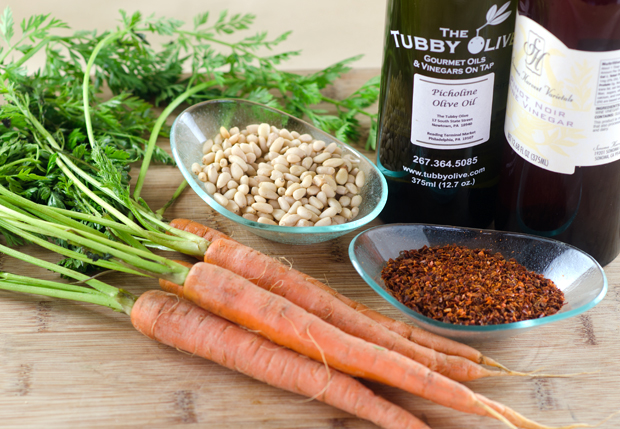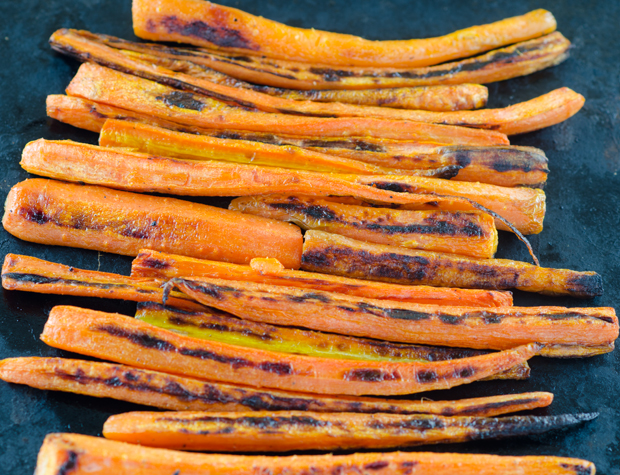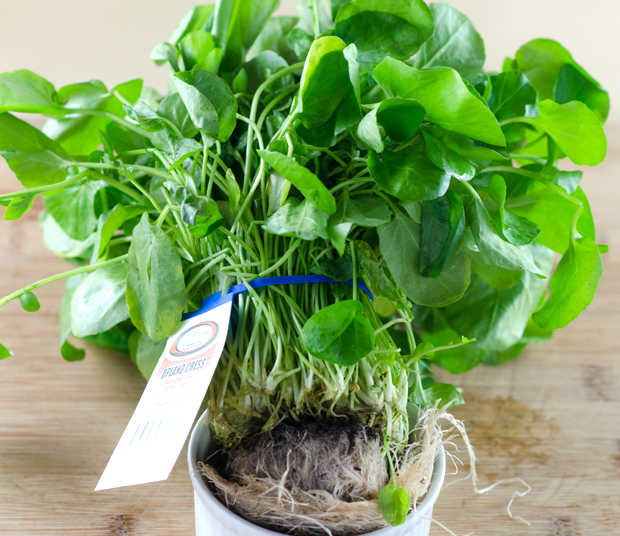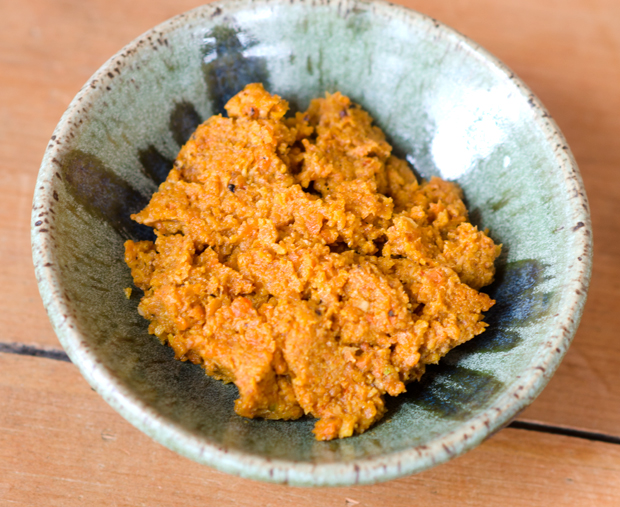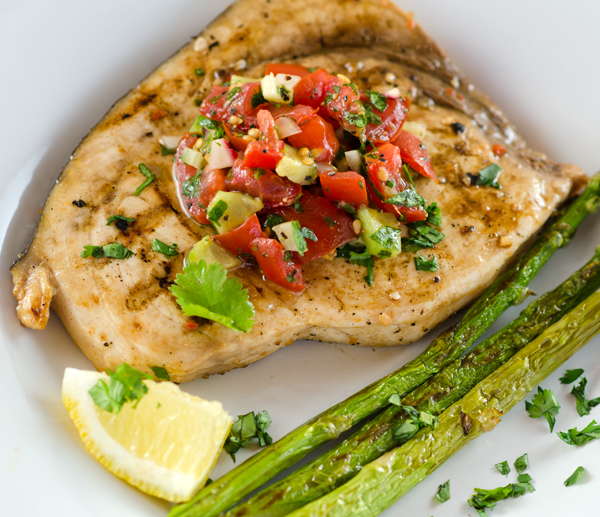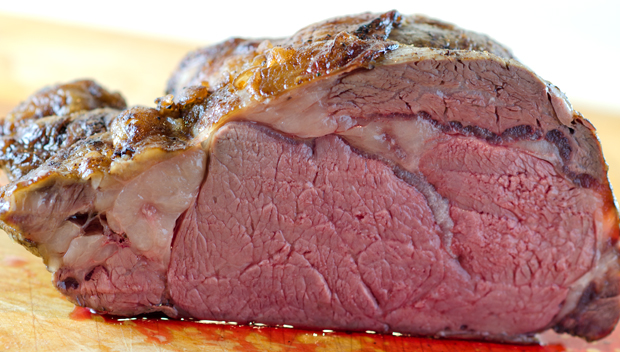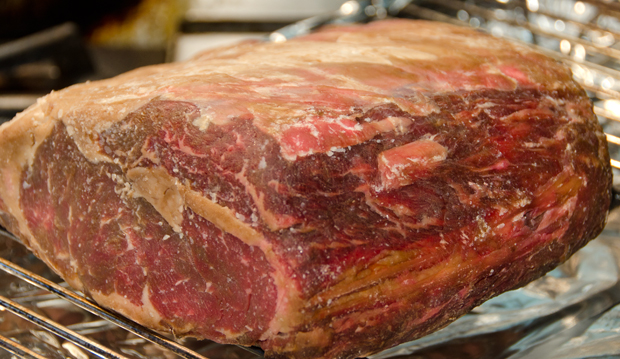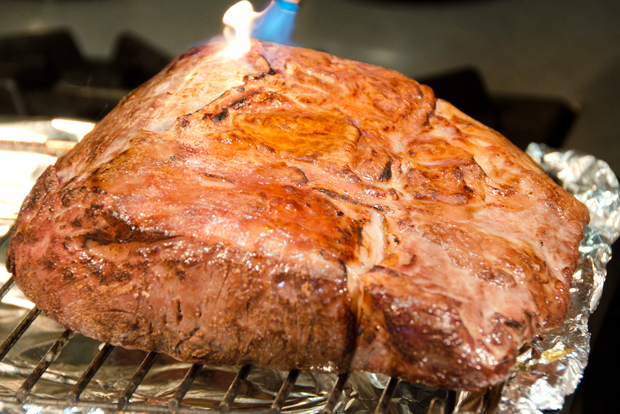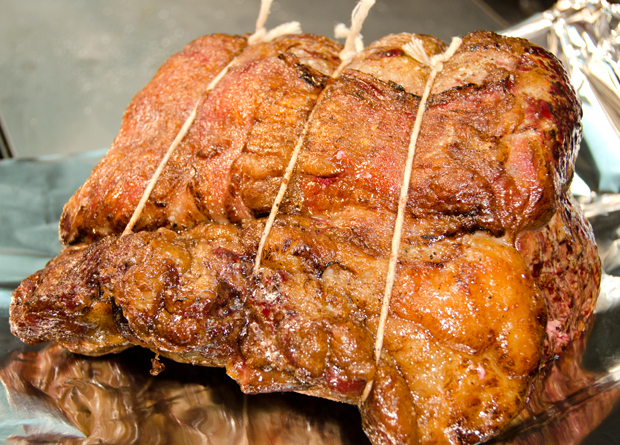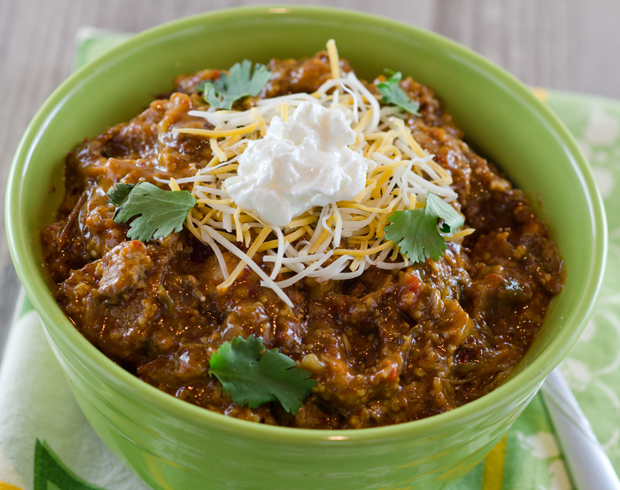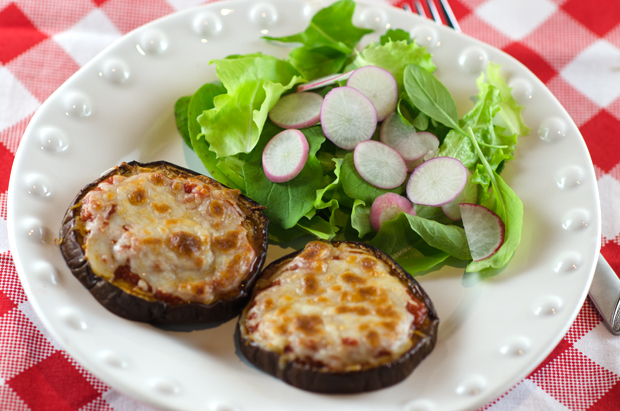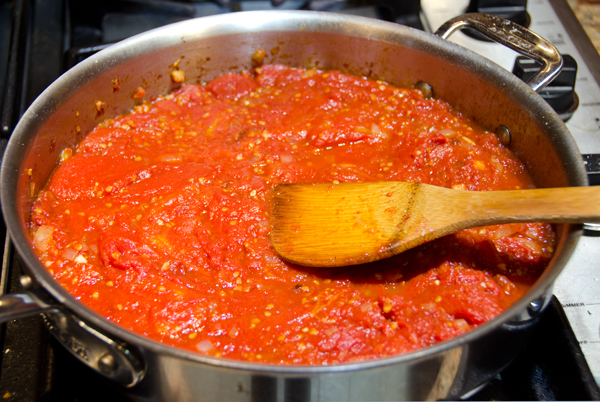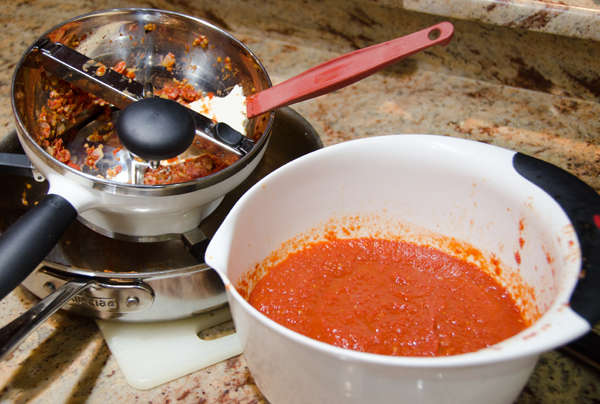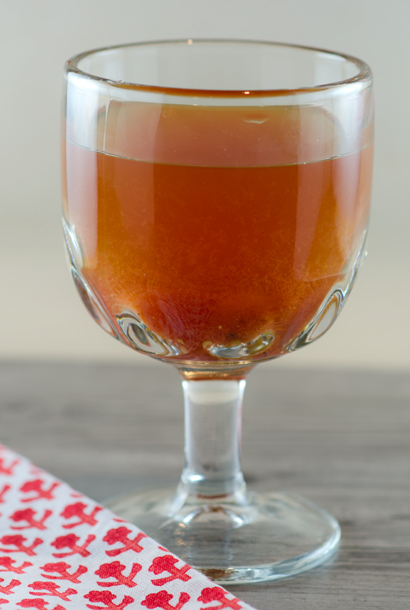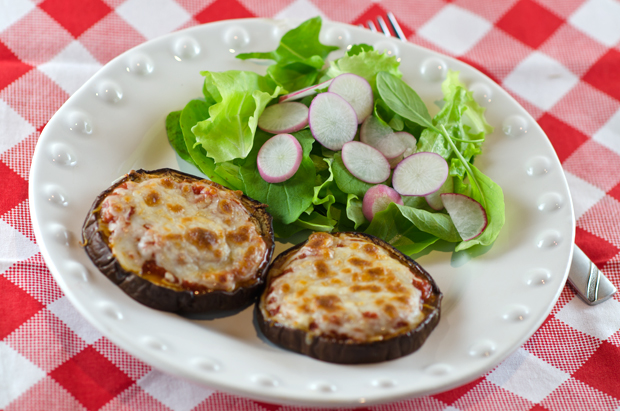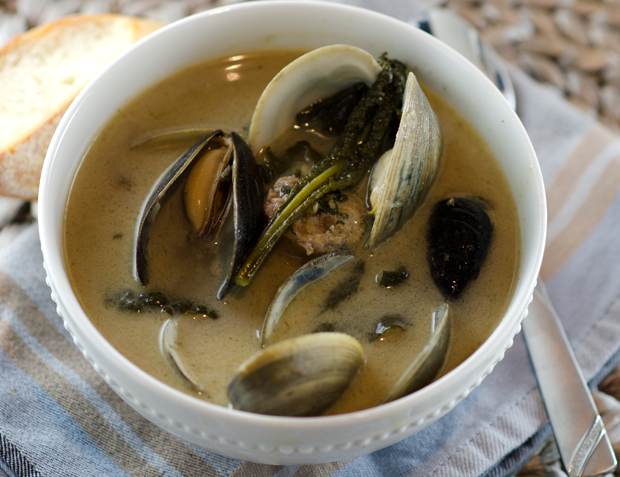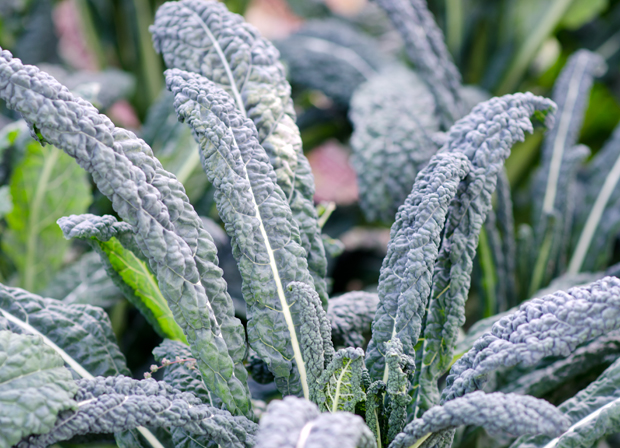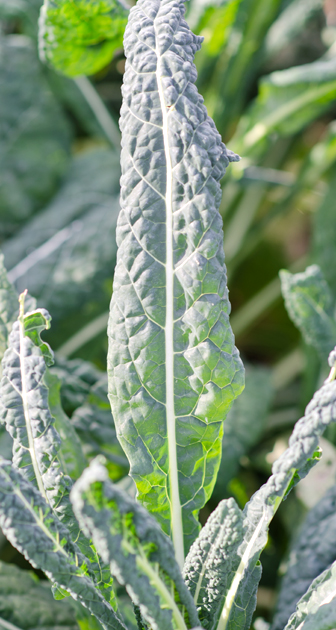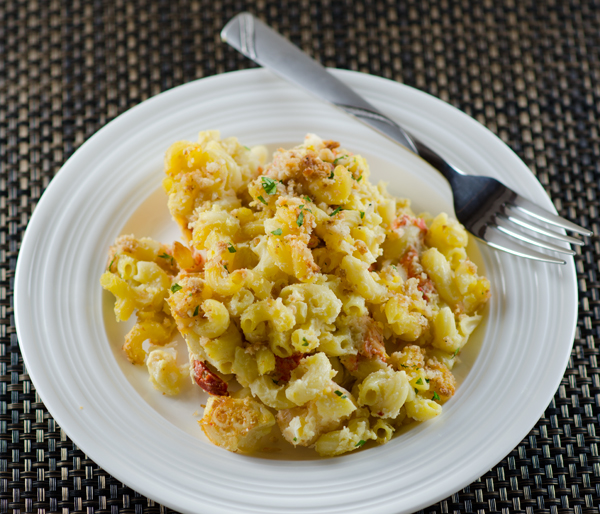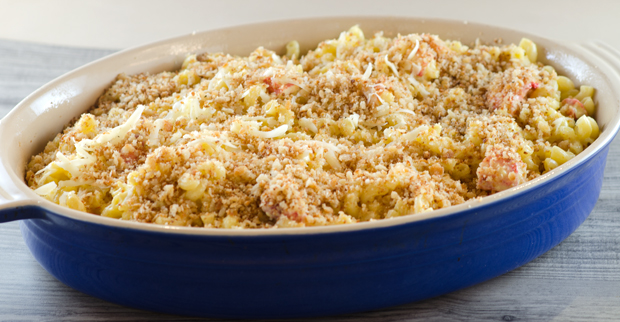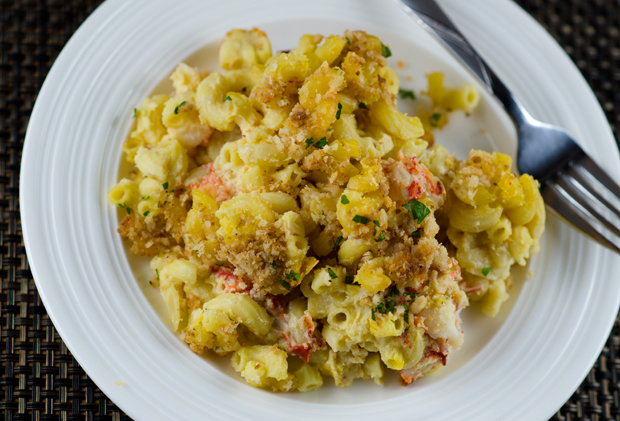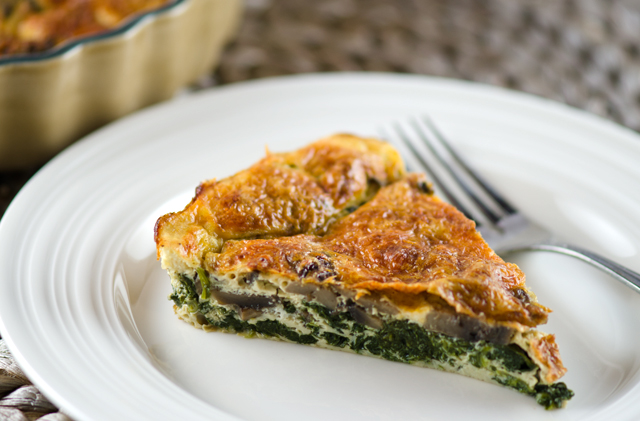 As the old song goes “see you in September”. It was time to say good bye to the spinach in our garden. Spinach does not like warm weather and temperatures have soared into the 90+ vicinity the last several days. So before it all bolted or went to seed I picked the remaining spinach.Then the plants could be pulled out of the ground and the space could be used to plant something else.
As the old song goes “see you in September”. It was time to say good bye to the spinach in our garden. Spinach does not like warm weather and temperatures have soared into the 90+ vicinity the last several days. So before it all bolted or went to seed I picked the remaining spinach.Then the plants could be pulled out of the ground and the space could be used to plant something else.
Most of the time we enjoy fresh garden spinach with dinner just sautéed with a little olive oil and garlic. It cooks down so quickly that a large bowl full of uncooked spinach soon becomes a very small plate of cooked spinach. I decided for the last hurrah to make a crustless spinach and mushroom quiche. It would make a nice light lunch and breakfast for the next day.
A quiche essentially is a savory custard that is baked in a piecrust. A custard mixture is a liquid, usually milk or cream and combined with eggs and baked until it sets. I used fresh spinach but frozen spinach or bagged spinach would work as well. Just remember to squeeze out all the water or the custard will be too wet. Eliminating the crust saves time and calories too. Spinach and feta are a natural combination, but any cheese with good melting qualities will work, mozzerella, cheddar and parmesan to name a few.
A minor disaster occurred about fifteen minutes into baking my quiche, the power went out. We weren’t having a storm or bad weather at all, it just went out long enough (five minutes) that I had to reset all the clocks in the house and the oven, though still warm, had to be brought back to temperature. I didn’t take the quiche out of the oven, I just adjusted my baking time to make certain the custard was cooked. The top was a little too brown but still tasted good.
A delicious way to say good bye for the summer!
Spinach and Mushroom Crustless Quiche
Serves six
Ingredients
- I cup of fresh sliced mushrooms (white, cremini etc.)
- 8 cups of fresh spinach or 1 box frozen chopped spinach
- 1T olive oil
- 1t chopped garlic
- 4 large eggs
- 1 cup of milk, cream or half and half
- 1/2c feta cheese, crumbled
- 1/3c grated parmesan cheese
- 1/2c shredded mozzarella cheese
- Kosher salt and freshly ground pepper
Directions
- Preheat oven to 350F degrees. If using fresh spinach, cook it down in a large sauté pan and drain in a colander. Squeeze out the rest of the moisture in a clean dish towel. I cooked whole leaves so at this point I chopped it. If using frozen chopped spinach, thaw in microwave and drain well.
- In the same pan, heat the olive oil and add the chopped garlic. Sauté garlic until it starts to brown slightly then add the mushrooms. Sprinkle a little salt and a grind of pepper over the mushrooms and sauté until they have released all of their moisture and no more water remains on the bottom of the skillet. This should take about five minutes.
- Lightly grease or spray with nonstick spray a 9 inch pie pan or quiche dish. Evenly spread the spinach over the dish, scatter the mushrooms over the top, then sprinkle the feta over.
- In a medium bowl whisk the eggs. Add the milk, parmesan and a grind of fresh pepper. Pour the liquid over the ingredients in the dish.
- Sprinkle the mozzarella cheese over top. Place the dish on a baking sheet, this will make it easier to transfer the dish in and out of the oven. Place dish in the oven and bake until the quiche is golden brown and a tester comes out clean. This will take between 45 minutes to an hour, starting checking at 45 minutes.
- Allow quiche to cool a bit, cut into slices and serve. It’s also good cold!

